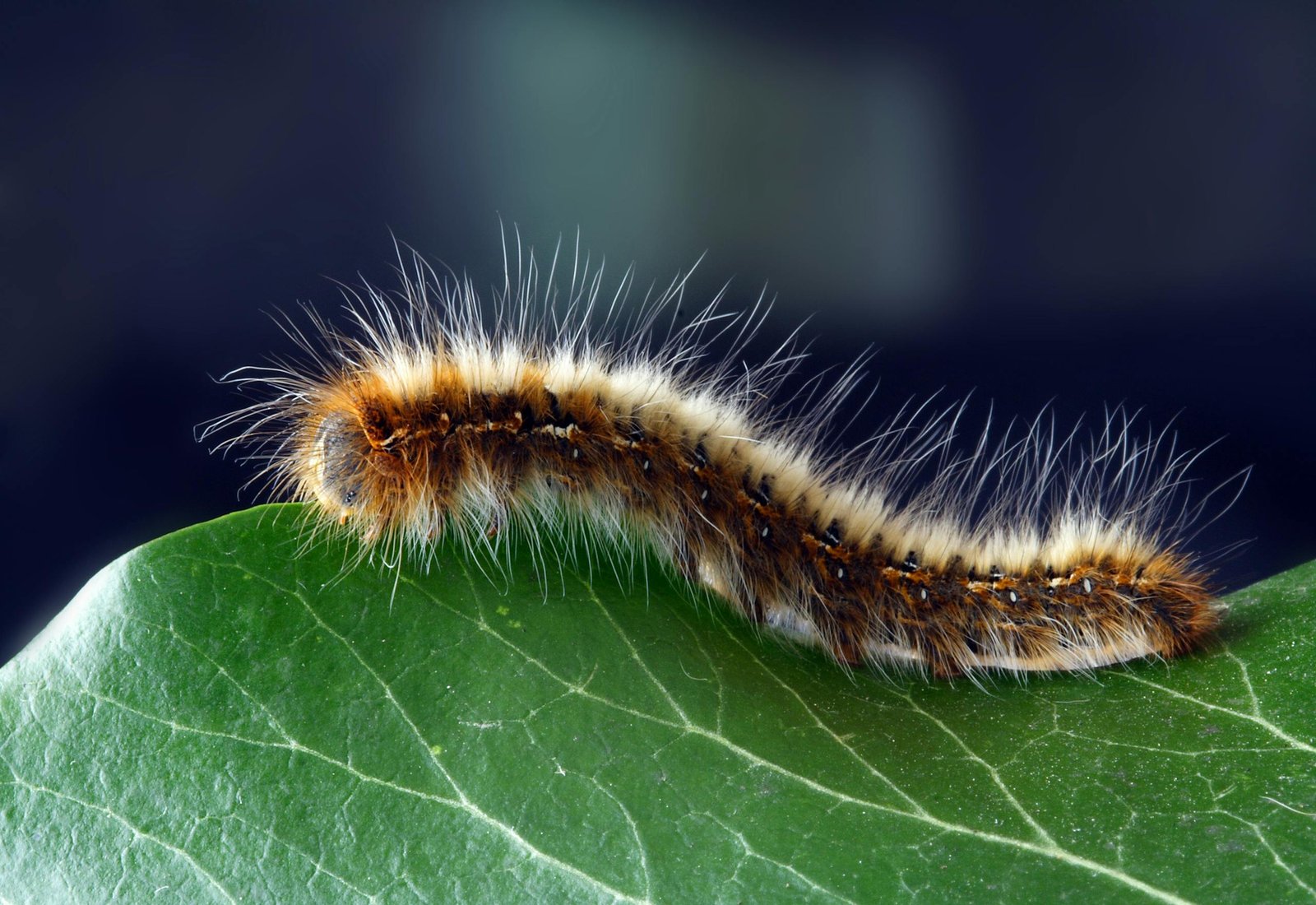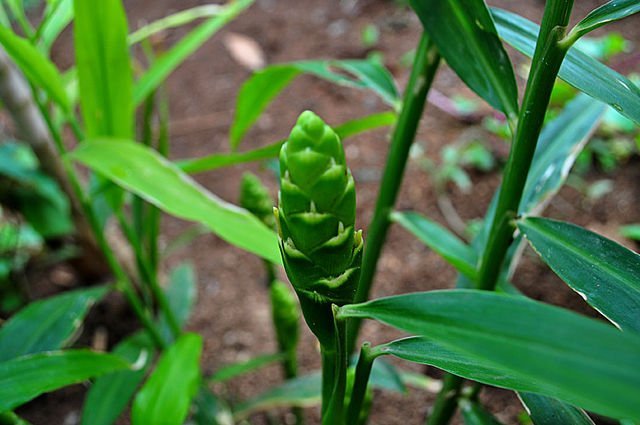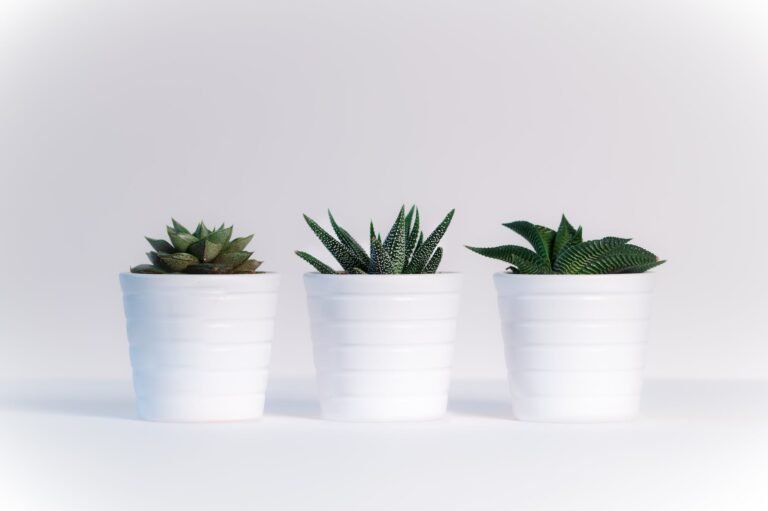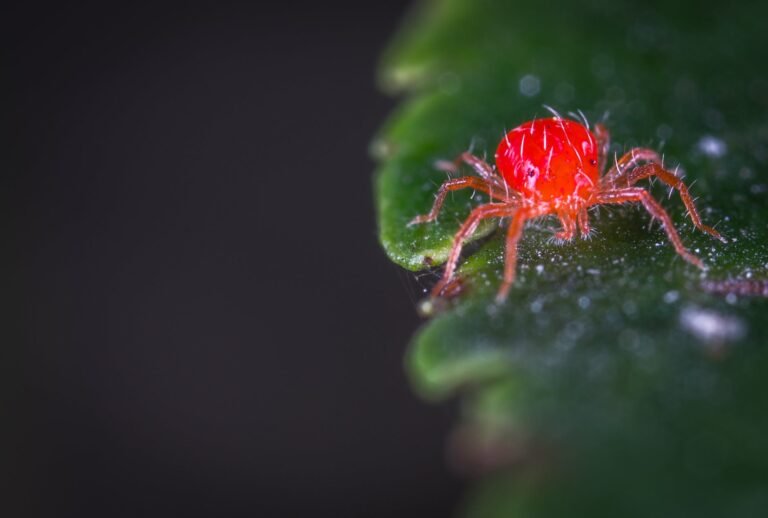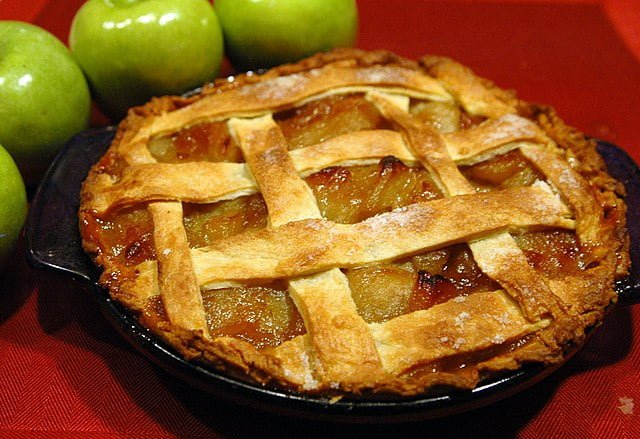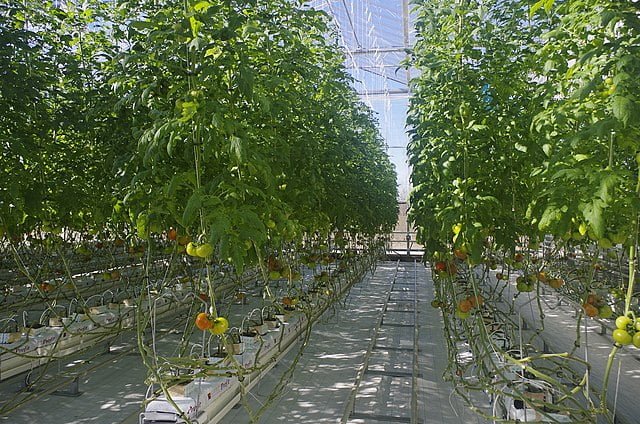Battling Leaf Rollers: Identification, Prevention, and Control
Leaf rollers, a common foe for gardeners, encompass a variety of caterpillar species that share a similar habit: rolling or folding leaves to create a sheltered feeding area. These pests can cause significant damage to a wide range of ornamental and edible plants, leading to reduced plant vigour and crop yield. Understanding the lifecycle, identifying affected plants, and implementing effective control measures are crucial steps in managing leaf rollers and protecting your garden’s health and beauty.
What Are Leaf Rollers?
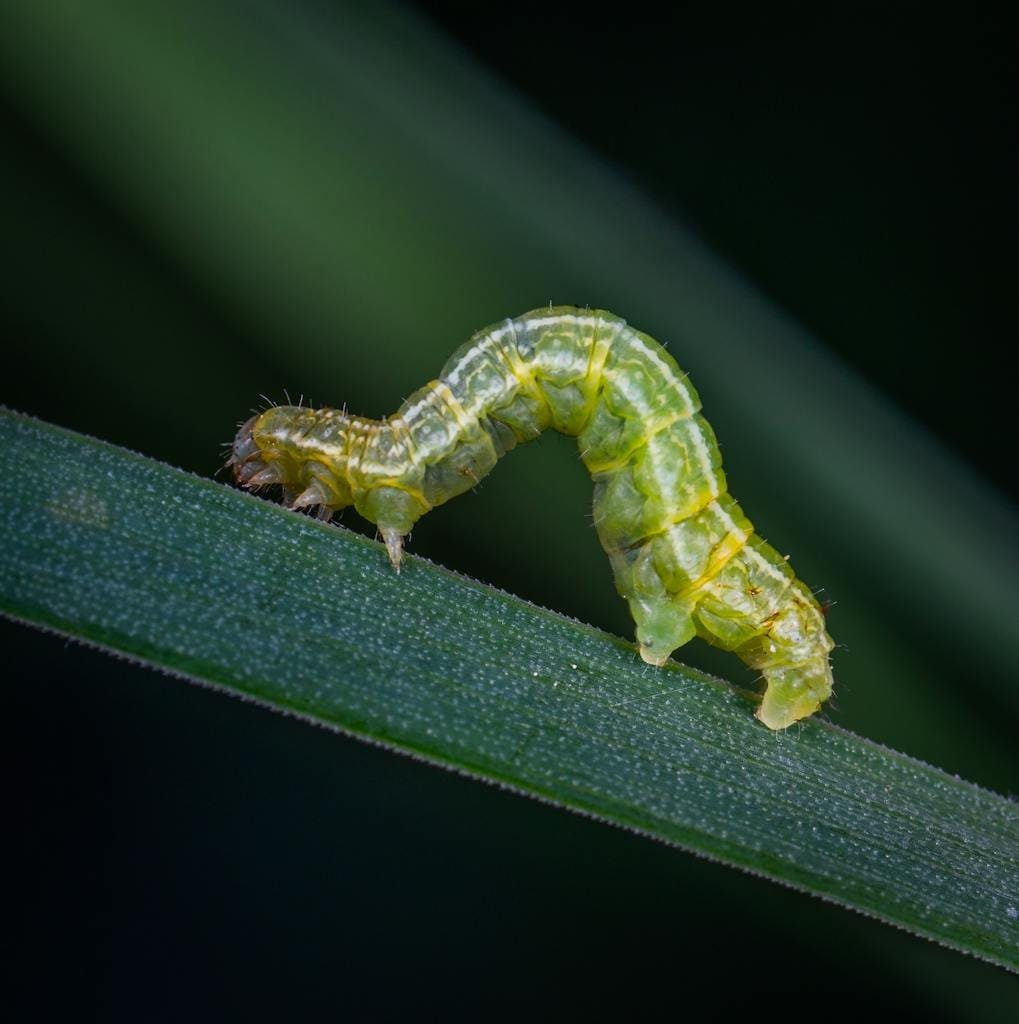
Leaf rollers refer to the larvae of certain moth species. These caterpillars are known for their behaviour of rolling or folding leaves of plants, securing them with silk threads to create a protective environment in which they feed and develop. This behaviour not only damages the plant but can also make the pest difficult to manage due to the protective leaf barrier.
Identifying Leaf Rollers and Their Damage
- Appearance: Leaf roller caterpillars vary in colour, but many are green or brown, allowing them to blend in with the plants they consume. They can be up to an inch long when fully grown.
- Damage: Look for leaves that are rolled or folded and bound with silk. Affected leaves may show chewing damage, and in severe infestations, plant growth can be stunted. Flowers and fruits may also be attacked.
Lifecycle and Habitats
Leaf rollers have a complete lifecycle, including egg, larva (caterpillar), pupa, and adult stages. Females lay eggs on the undersides of leaves or in bark crevices. After hatching, the larvae begin feeding, rolling leaves to create shelters. The frequency of generations per year varies by species and climate, with some areas experiencing multiple generations in a single growing season.
Prevention and Cultural Controls
- Sanitation: Regularly remove and destroy infested leaves and debris from around plants to reduce overwintering sites for eggs and larvae.
- Plant Selection: Choose resistant varieties of plants when available, and maintain plant health to reduce susceptibility to infestations.
- Physical Removal: Inspect plants regularly and manually remove and destroy caterpillars and rolled leaves when the infestation level is low.
Biological Control
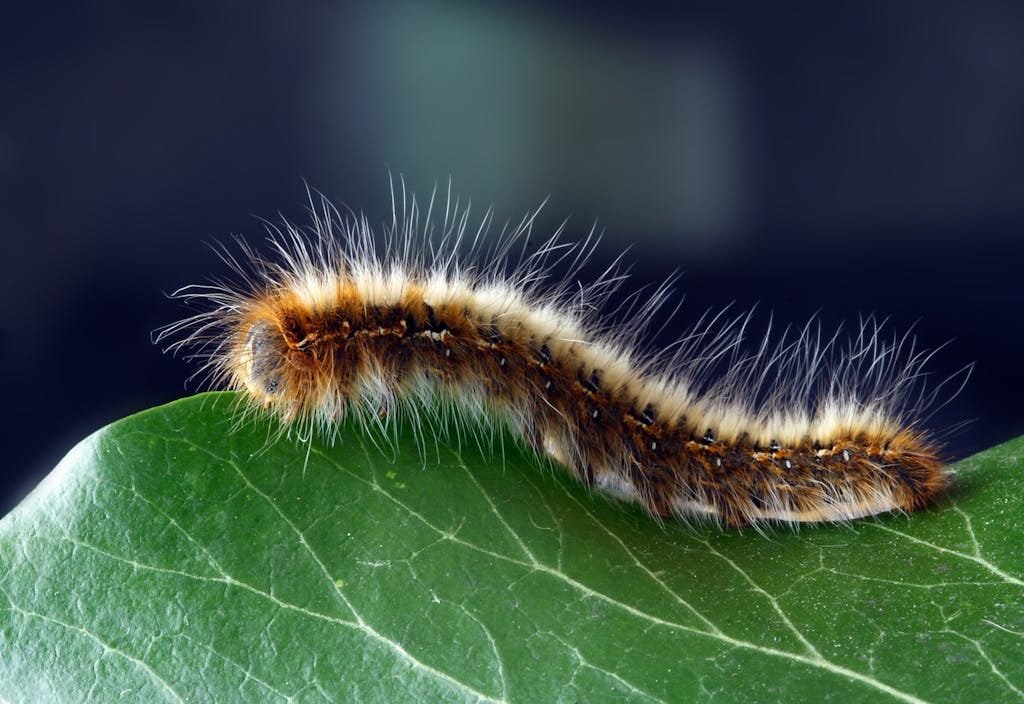
Several natural enemies, including parasitic wasps, predatory beetles, and birds, can help control leaf roller populations. Encouraging these beneficial organisms in the garden can be an effective part of an integrated pest management strategy.
Chemical Control
In cases where leaf roller populations are high and causing significant damage, chemical controls may be necessary. Options include:
- Insecticidal Soaps and Horticultural Oils: Effective against young caterpillars, these products are less harmful to beneficial insects.
- Bacillus thuringiensis (Bt): A biological insecticide that targets caterpillars without affecting other insects, birds, or mammals.
- Chemical Insecticides: Use as a last resort due to potential impacts on non-target species and the environment. Always follow the manufacturer’s instructions.
Conclusion
Managing leaf rollers in the garden requires a combination of vigilance, cultural practices, biological control, and, if necessary, chemical intervention. By understanding the lifecycle and habits of these pests, gardeners can implement strategies that protect plants from damage while supporting a healthy and balanced garden ecosystem.

